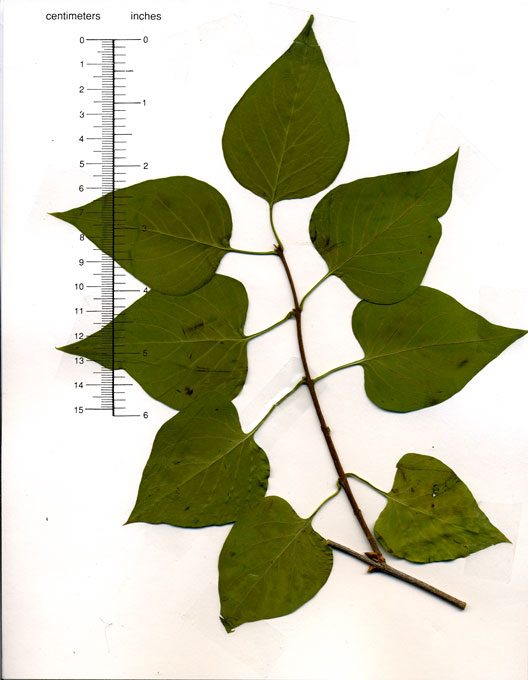Syringa vulgaris
 lilac
lilac
Eurasia
The fragrant lilac has been tried on campus, but not many specimens seem to have survived; perhaps Stanford’s winters are not cold enough. The wood, even though of small dimensions, is prized for small craft jobs. The single-flowered ‘Lavender Lady’, which was developed for warmer climates, is growing and blooming in Hilgard Court at Rains Houses, at unit 28 and behind unit 26.
Name derivation: Syringa – probably from Greek syrinx (pipe), in reference to the stems of Philadelphus to which the name was originally applied until transferred to this genus; vulgaris – common.
About this Entry: The main text of this entry is from the book Trees of Stanford and Environs, by Ronald Bracewell, published 2005.




